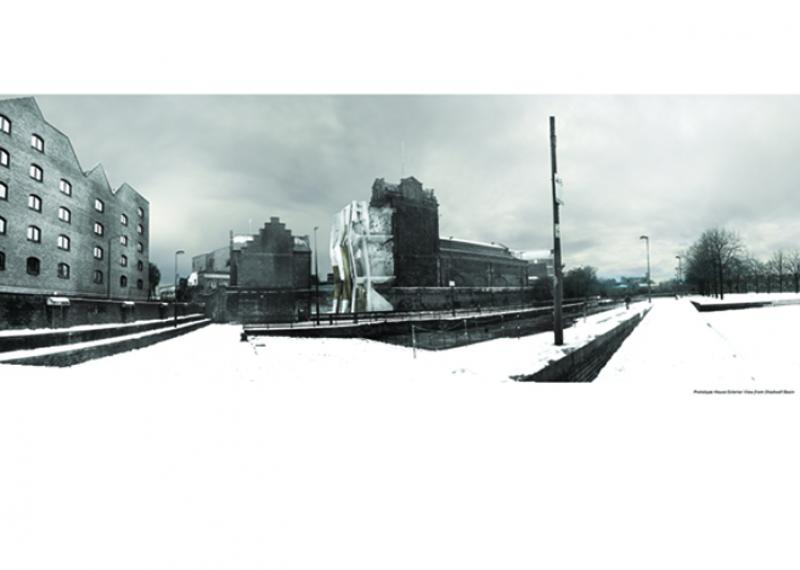
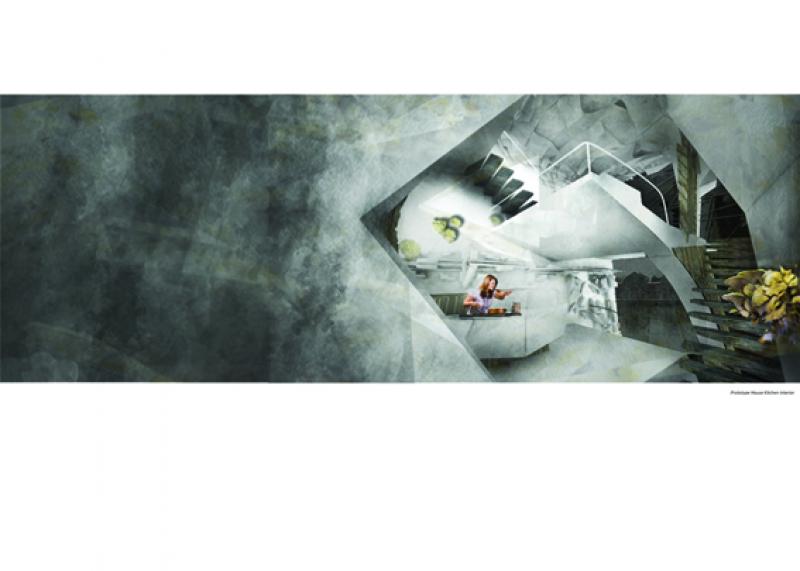
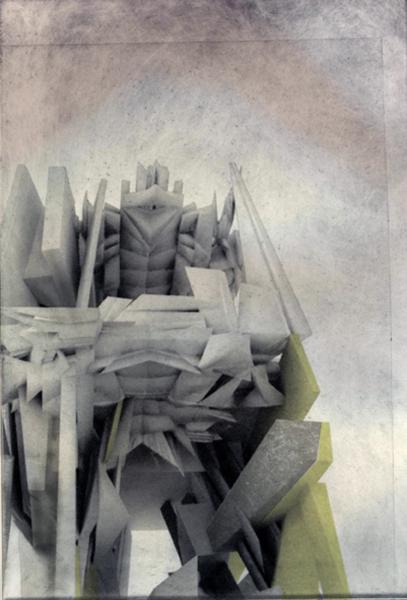
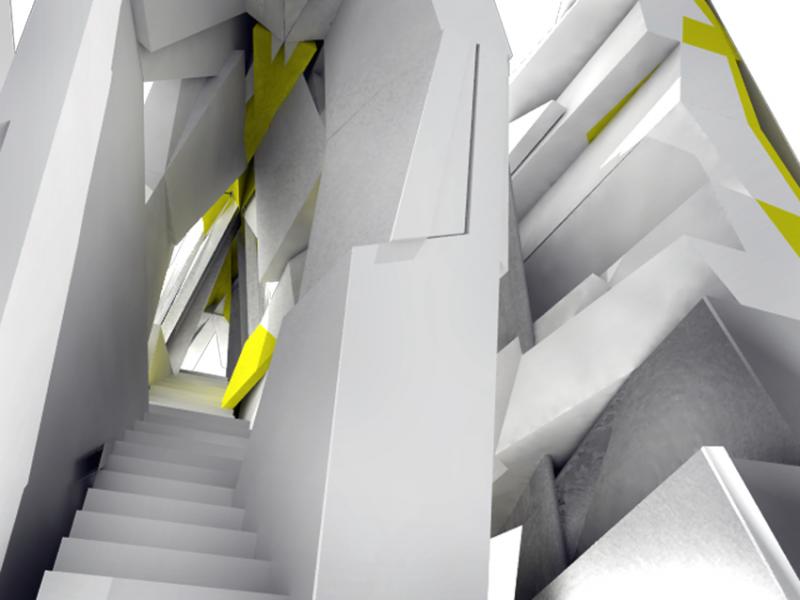
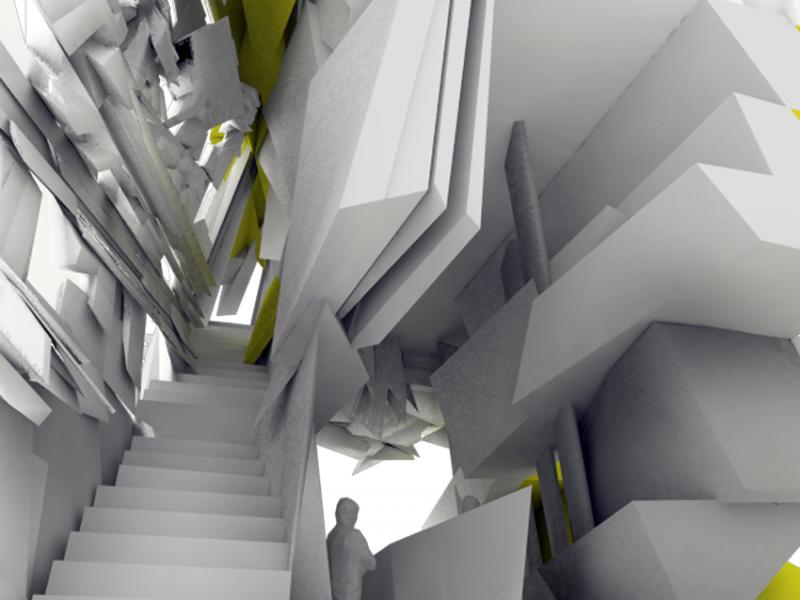
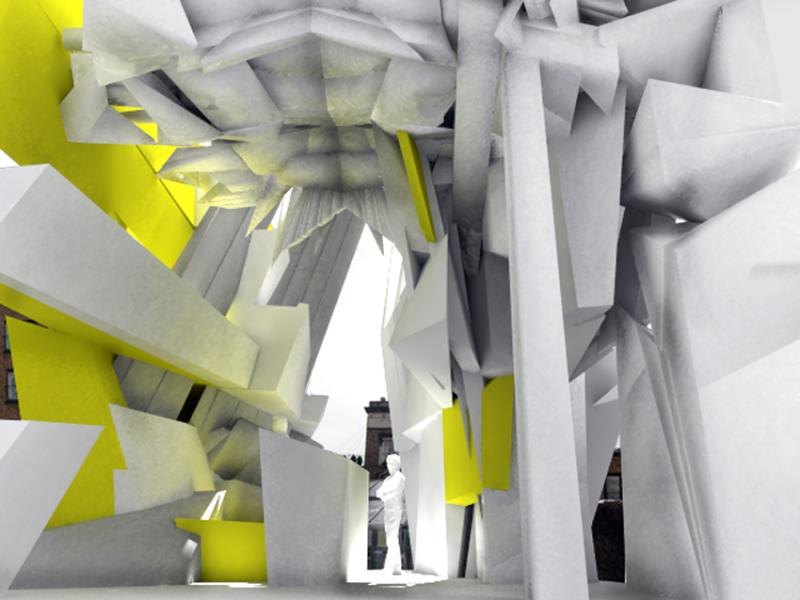
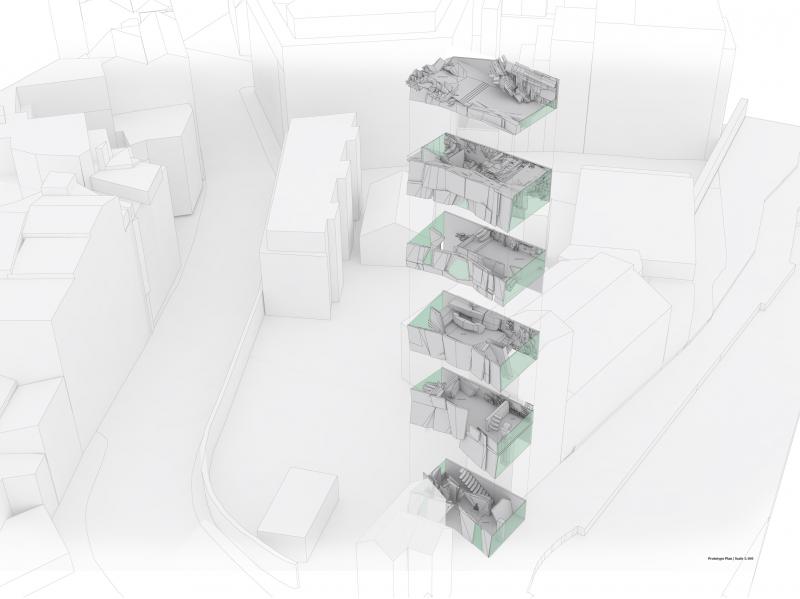
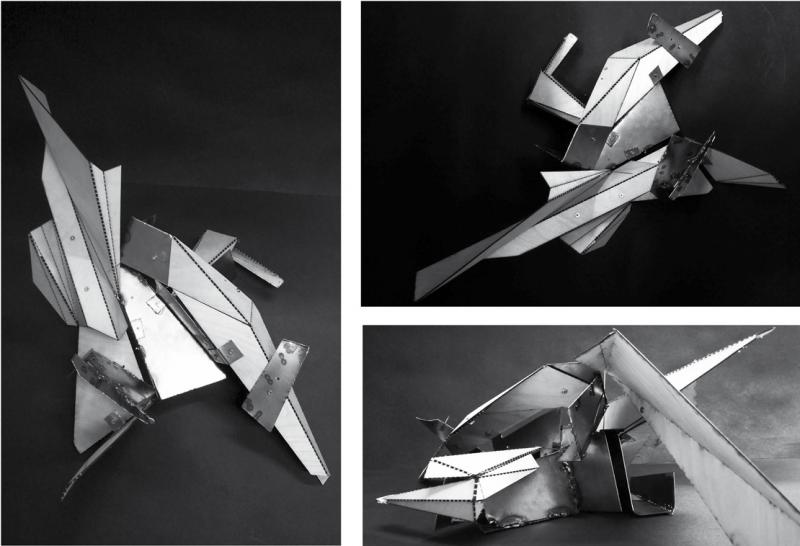
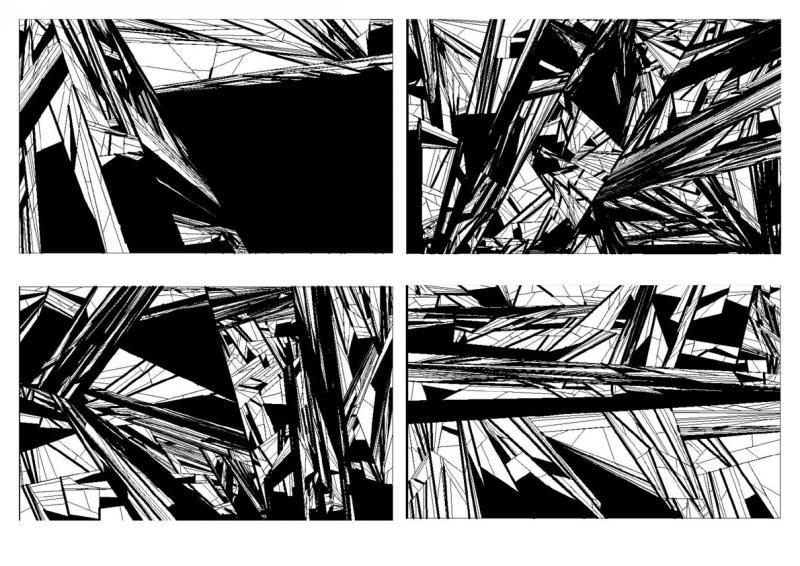
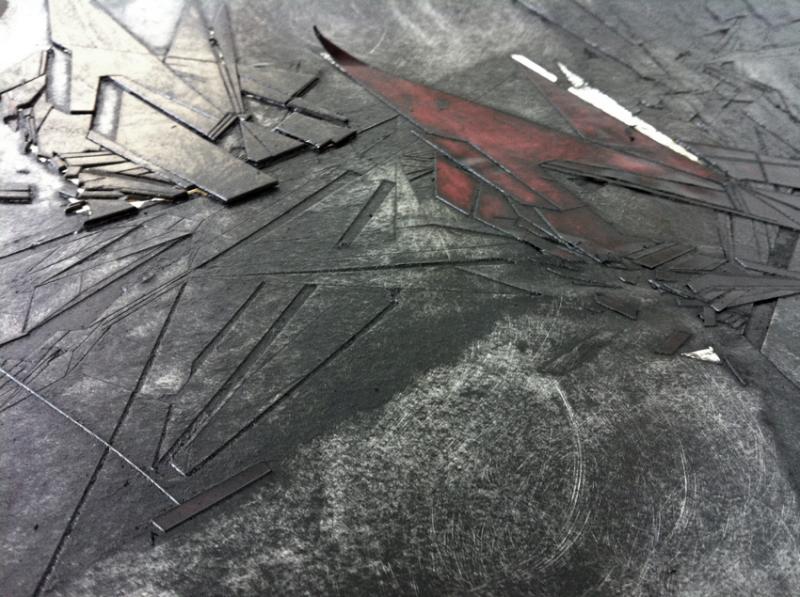
Mycelium Bricks. Subdivisional fungus blocks that rethink the future London villa typology
The housing industry in the United Kingdom is predominantly brick based and has been the leading type of construction since 18th century.1 However, the high embodied energy and CO2 emissions it produces is clearly unsustainable and does not comply with the Government’s 2016 zero carbon legislation.2 With the London housing stock being in need for renewal, the thesis explores an alternative prototypical material system, which uses organic bricks with low embodied energy comprising of consolidated oyster mushroom mycelium and wood waste.3 This composite material has universal opportunity and through the project I am focusing on one deployment of it which consists of subdivisional principle for the design of an urban villa.
Taking Wapping in East London as the site for my specific deployment, I am challenging the area’s dominant brick construct to develop a new housing typology that redefines the use of remnant gap spaces within the urban fabric. Utilising this natural and sustainable organic material, the project agenda explores the overall relation between Ruskin’s ideas of intricacy, irregularity and variation to delivering a visionary live-work housing prototype for London.4 I have been working with subdivision and drawing focusing on the translation of line, plane and volume as my specific deployment of this materiality to question ideas about ground, levels, depth and open section spaces. Digital fabrication techniques such as the use of Kuka Robotic apparatus’ cutting capabilities will be incorporated to construct a highly unique and dimensionally dissimilar language which reinforces the material’s economic viability.
The project values are to develop a new material system that addresses the current carbon economy of UK. It researches and tests new materials with global application. It delivers a prototypical production ecology of the near future with more intelligent, sustainable and adaptable composite material with universal relevance and use which stimulates the rise of an innovative building taxonomy. The spacial characteristic reintroduces Ruskin’s parameters of delight made possible by the highly precise and efficient use of the latest technology in fabrication methods. The intervention brings Nature, People and Technology together in a holistic manner defining a sustainable architectural ecology, multi-dimentional space and aesthetic through the development of a new prototypical domestic architecture for the future urban villa typology.